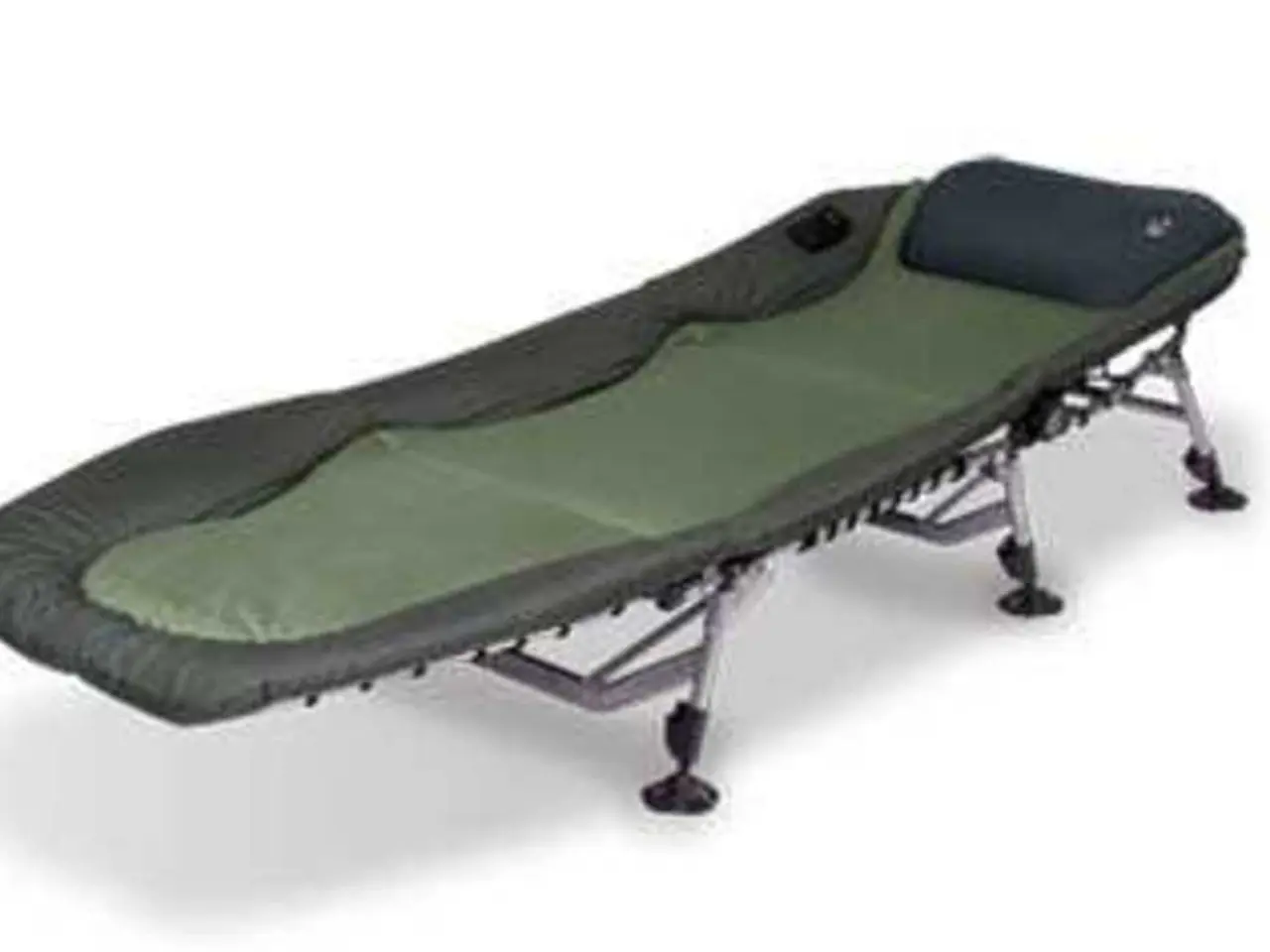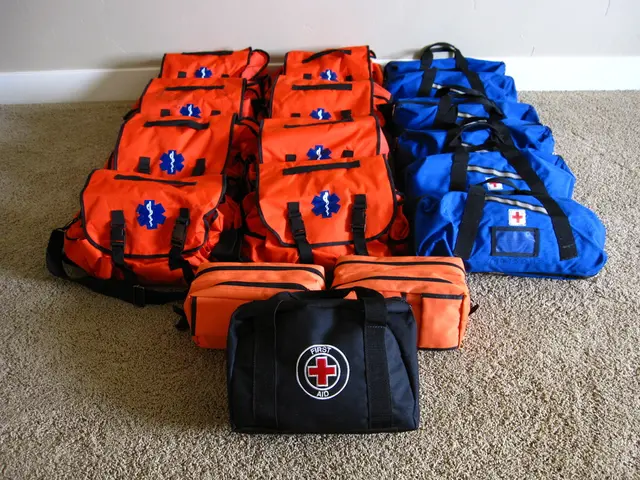Strategies for Alleviating Slipping Rib Syndrome through Chiropractic and Physical Therapy Approaches
Slipping Rib Syndrome (SRS) is a painful and often underdiagnosed condition that affects the lower ribcage. It occurs when the lower ribs slide further than normal, potentially compressing nerves or irritating muscles. Eastside chiropractors and physical therapists are at the forefront of SRS management, offering a combined care approach to alleviate pain and improve function.
The first step in managing SRS is an adequate evaluation. Chiropractors and physical therapists will check the ribs by running their fingers over them to determine movement and tenderness. Orthopedic testing can also eliminate other disorders, and the history of the patient is significant in diagnosing SRS.
Chiropractors frequently make minor manipulations to make ribs function better, while physical therapists focus on soft tissue mobilization around the ribs, lower back, and relevant muscles like inter-costal, obliques, and quadratus lumborum. Techniques such as myofascial release, cupping, and IASTM (instrument-assisted soft tissue mobilization) help reduce tension in the tissue around the ribs.
Non-working ribs can alter breathing rhythms, and helping the patient breathe more symmetrically and in a more regulated manner can decrease pressure on the painful area. Simple exercises like diaphragmatic breathing, pelvic tilts, dead bugs or bird dogs, and side planks with control focus are taught to build up support for the ribs.
If SRS is detected early and treated with caution, individuals with SRS are able to get back to activities they love, fewer anxious and more confident about moving. Long-term interventions for SRS management can include stretches, core exercises, and changes in postural or breathing patterns. Functional movement retraining is the second step in the process, returning people to day-to-day activities and functions pain-free while ensuring that the ribs are not moving during positions like twisting, lifting, or bending.
Beyond manual therapy and rib mobilization, additional techniques and considerations for managing SRS and related rib/chest wall conditions include pain management, injections, physical therapy beyond mobilization, adjunctive therapies, and advanced interventions.
Pain management may involve the use of nonsteroidal anti-inflammatory drugs (NSAIDs) such as ibuprofen or naproxen to reduce pain and inflammation. Local anesthetic injections, sometimes combined with corticosteroids, into affected costochondral or costovertebral joints may provide relief for persistent symptoms. Ultrasound or fluoroscopy guidance improves injection accuracy and safety, reducing complications like pneumothorax.
Physical therapy beyond mobilization includes stretching exercises, postural correction, strengthening of thoracic spine and core musculature, breathing exercises to maintain lung function without aggravating pain, ergonomic adjustments, and activity modification to avoid provocative movements.
Adjunctive therapies such as heat and ice therapy applied strategically can relax muscles or reduce inflammation during acute flare-ups. Acupuncture has shown some promising pain relief effects in costochondritis-like syndromes and may be a low-risk option for symptom control.
For refractory or complex cases, referral to pain medicine specialists and multidisciplinary physical medicine and rehabilitation programs can be considered. In cases where slipping rib pain is linked to subluxated rib heads or shape/topographical changes near the spine, nerve blocks to desensitize the area have provided symptom improvement. Surgical realignment or stabilization is a rare option primarily used in severe rib fractures or flail chest, but awareness of rib head malposition may affect non-surgical management strategies.
In conclusion, management of SRS should be individualized, focusing not only on manual therapy but integrating pain control, targeted injections, physical rehabilitation, and possibly nerve desensitization techniques to optimize symptom relief and function. Image-guided injections and multidisciplinary approaches appear particularly valuable when conservative management alone is insufficient.
- Eastside chiropractors and physical therapists work together to offer a combined approach that includes techniques such as myofascial release, cupping, IASTM, stretching exercises, and soft tissue mobilization to manage Slipping Rib Syndrome and improve health-and-wellness, fitness-and-exercise, and nutritional wellbeing by alleviating pain and enhancing function.
- Beyond manual therapy, the management of Slipping Rib Syndrome may involve additional techniques like pain management with NSAIDs or local anesthetic injections, physical therapy beyond mobilization, adjunctive therapies like heat and ice therapy or acupuncture, and in some complex cases, nerve desensitization techniques, multidisciplinary approaches, or even surgical realignment or stabilization.




